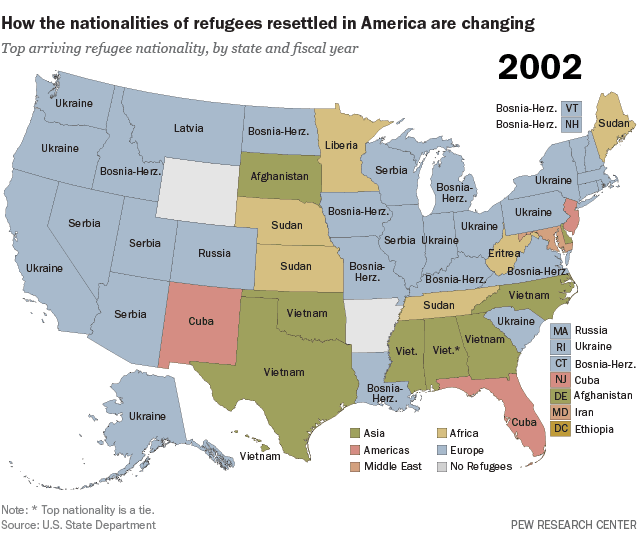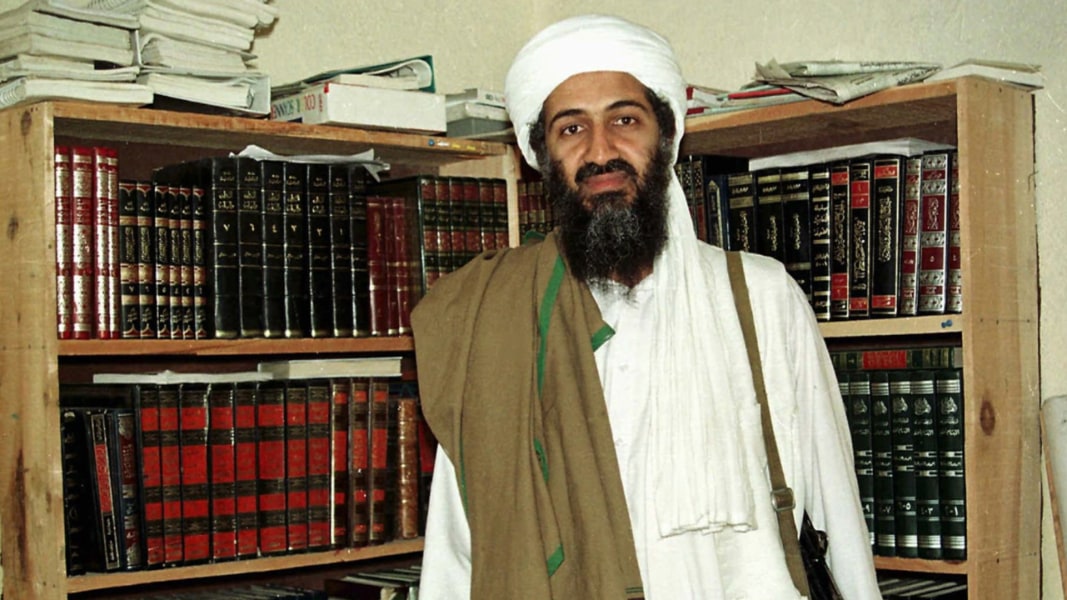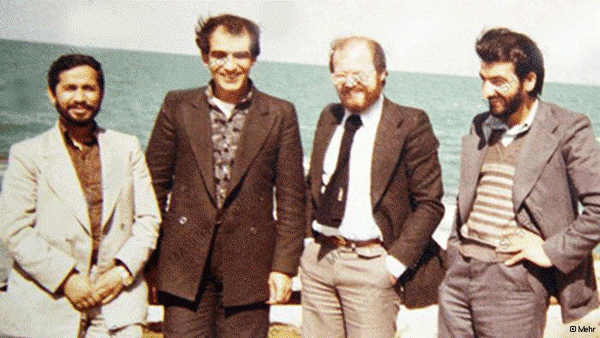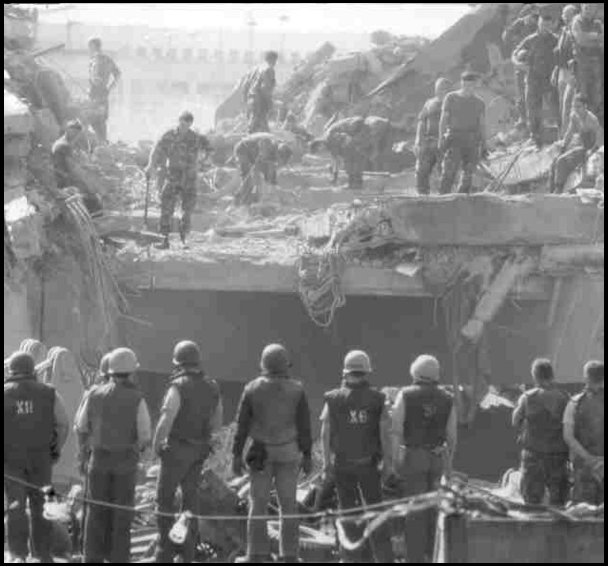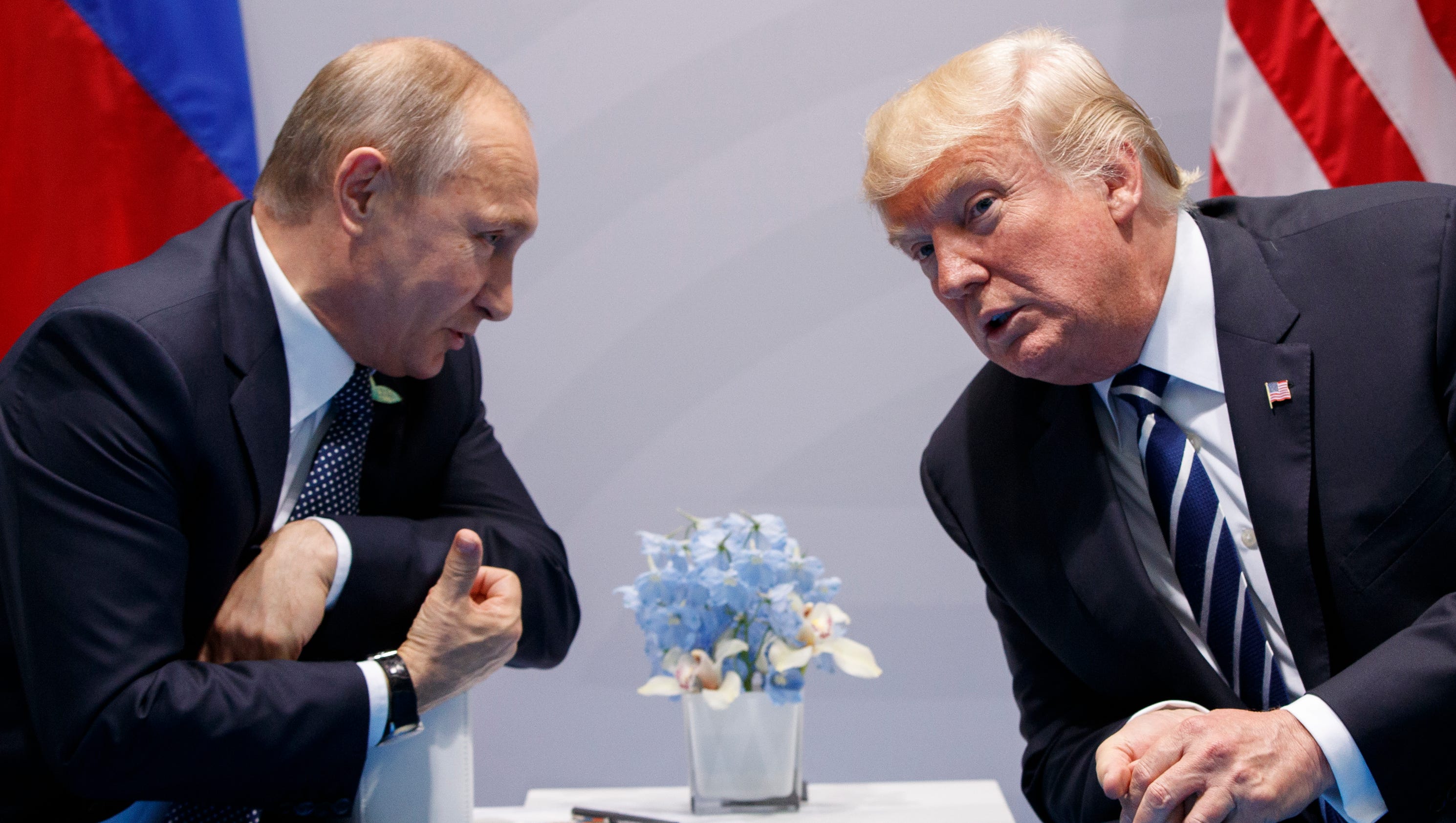Finally…
So Harvard University what say you?
The Prince Alwaleed Bin Talal Islamic Studies Program promotes the scholarly study of Islam and the Muslim world in a broadly interdisciplinary context.
The Islam in the West (IITW) program is an interfaculty initiative launched in 2003 with funds from the Office of the Provost at Harvard University. The Program’s mission is to enhance our knowledge on Muslim minorities in secular and democratic contexts in the West, assist undergraduate and graduate students from different schools and disciplines find guidance and resources, develop a collaborative group of Harvard faculty members from different disciplines with an interest in the subject, and to advance knowledge in an increasingly important area of research. More here.
Forbes posted a 2010 interview with the Prince:
Would you look into purchasing more American real estate?Well, we are a presence in the U.S., but maybe not directly through our real estate in theownership of hotels. For example, we own the Plaza in New York. We own, for example,the Four Seasons brand with Bill Gates. We own the Fairmont brand with the Colonygroup, private equity. I own almost 100 hotels in North America. Some of them are only in management, but some of them we have some small stakes in them. So we are in the real estate arena in the United States indirectly through our hotel portfolio. More details here.
RIYADH, Saudi Arabia — Saudi Arabia has arrested dozens of princes, senior military officers, businessmen and top officials, including a well-known royal billionaire with extensive holdings in Western companies, as part of a sweeping purported anti-corruption probe that further cements control in the hands of its young crown prince.
A high-level employee at Prince Alwaleed bin Talal’s Kingdom Holding Co. told The Associated Press that the royal, who is one of the world’s richest men, was among those detained overnight Saturday. The company’s stock was down nearly 9 percent in trading Sunday on the Saudi stock exchange.
Reports suggested those detained were being held at the Ritz Carlton in Riyadh, which only days earlier hosted a major investment conference with global business titans from the U.S., Japan and other countries. A Saudi official told The Associated Press that other five-star hotels across the capital were also being used to hold some of those arrested.
The surprise arrests, which also reportedly include two of the late King Abdullah’s sons, were hailed by pro-government media outlets as the greatest sign yet that Crown Prince Mohammed bin Salman is keeping his promise to reform the country, long been plagued by allegations of corruption at the highest levels of government.
A Saudi government official with close ties to security says 11 princes and 38 others are being held. The official spoke to the AP on condition of anonymity because he was not authorized to speak to the press.
Saudi Twitter accounts released several other names of those arrested, such as: Alwalid al-Ibrahim, a Saudi businessman with ties to the royal family who runs the Arabic satellite group MBC; Amr al-Dabbagh, the former head of the Saudi Arabian General Investment Authority; Ibrahim Assaf, the former finance minister; and Bakr Binladin, head of the Saudi Binladin Group, a major business conglomerate.
An earlier crackdown on perceived critics of the crown prince included clerics, writers, lesser-known princes and Saudi figures popular on social media.
“The dismissals and detentions suggest that Prince Mohammed rather than forging alliances is extending his iron grip to the ruling family, the military, and the national guard to counter what appears to be more widespread opposition within the family as well as the military to his reforms and the Yemen war,” James M. Dorsey, a Gulf specialist and senior fellow at Nanyang Technological University in Singapore, said an analysis of the shake-up. More here.
***
In part from Reuters:
Aside from a stake in Citigroup, Prince Alwaleed, 62, owns significant stakes in Twitter (TWTR.N), ride-hailing firm Lyft and Time Warner (TWX.N).
His investment firm Kingdom Holding 4280.SE – whose share price plunged 10 percent on Sunday in response to news of his detention – recently bought about half of a 31.1 percent stake in Saudi lender Banque Saudi Fransi 1050.SE from France’s Credit Agricole (CAGR.PA).
FINANCE MINISTER‘S SON
Prince Alwaleed’s father was the kingdom’s finance minister during the 1960s. Prince Alwaleed formed Kingdom Holding in 1979, initially pouring money into real estate in Riyadh; in the 1990s he ventured into Wall Street, investing heavily in Citigroup.
He had a close relationship with former Citigroup Chief Executive Sanford “Sandy” Weill, and has nurtured close ties with other Wall Street leaders including Goldman Sachs (GS.N) CEO Lloyd Blankfein.
Prince Alwaleed increased his stake in Citigroup at the height of the global financial crisis a decade ago and he has held on to the stake, saying as recently as last month that he was very happy with the investment.
“He’s always been a colorful and unofficial public face of Saudi Arabia, though he has never been a key decision-maker in the kingdom,” a Gulf-based businessman said.
During the U.S. election campaign, Prince Alwaleed demanded that Trump withdraw from the election campaign after the candidate pledged to ban Muslims’ entry into the United States.
Trump responded by tweeting that the Saudi prince wanted to control “our politicians with daddy’s money. Can’t do it after I get elected.”
After Trump’s election victory, Prince Alwaleed said whatever their past differences, America had spoken, and he congratulated Trump on his victory.
Prince Alwaleed was an early advocate of women’s employment in Saudi Arabia and a lifting of the ban on women driving. In September, King Salman ordered that the ban should be lifted next year.





